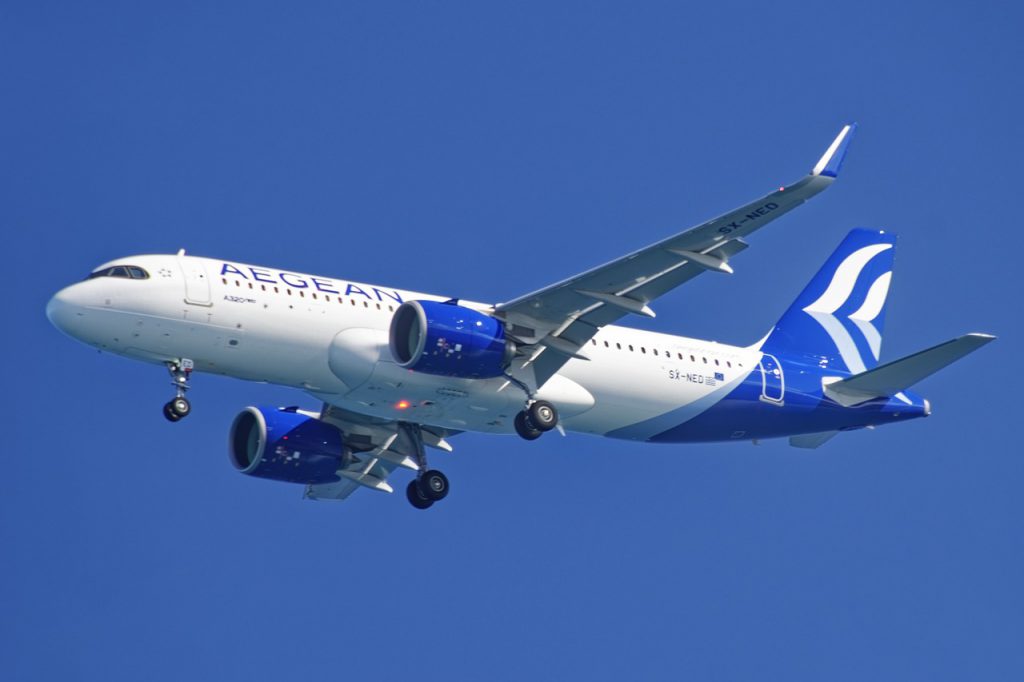The low-cost, Icelandic carrier PLAY is expanding. This includes their newest aircraft which is an Airbus A320neo. Let’s take a look below to see what’s going on with this airline.
Play has taken delivery of an A320neo
The Airbus A320neo, which is powered by CFMI LEAP-1A engines, flew from Toulouse to Aalborg Airport on November 9th. It’s a 3-3 layout with a 29-32″ seat pitch.
“We just acquired our eighth aircraft. The Airbus A320neo arrives straight from the factory in Toulouse.”
The new Airbus A320neo has arrived in the last few weeks, joining PLAY’s three other 192-seater A321neos. The aircraft will eventually serve Play’s two new destinations announced last week – Stockholm and Hamburg – with its A320neo fleet.
Some of the key features
New A320neos on offer from PLAY come equipped with the best economy seats to date, courtesy of the incredibly ergonomic Recaro seats. These lightweight seats are refreshing for their capability in producing reduced fuel costs and CO2 emissions for the plane.
PLAY design has been highly esteemed for decades and continues to serve as a leader in the aircraft manufacturing industry. Their newest A320neos seat comes with USB-A and USB-C ports below each seat and handy device holders, along with new customizable LED lighting on the belts.
Seven A320neos
TF-PPC is an A320neo that the Icelandic carrier received earlier this month. The new plane entered service on November 1st, and it’s the airline’s fifth aircraft of its type.
For the first time in its history, the company invited guests to a special forum to discuss personal flying and flying in general. PLAY recently acquired A320 and A321 airplanes, which they refer to as “The Future Flying Forum” at their offices in Reykjavik on December 15th.
In the summer, PLAY announced plans to lease another Airbus A321neo instead of acquiring one. The company claims this decision comes from growing fuel prices and becoming more efficient by shrinking their margins. As it expands its fleet, it benefits from its lower cost per available seat kilometer.

